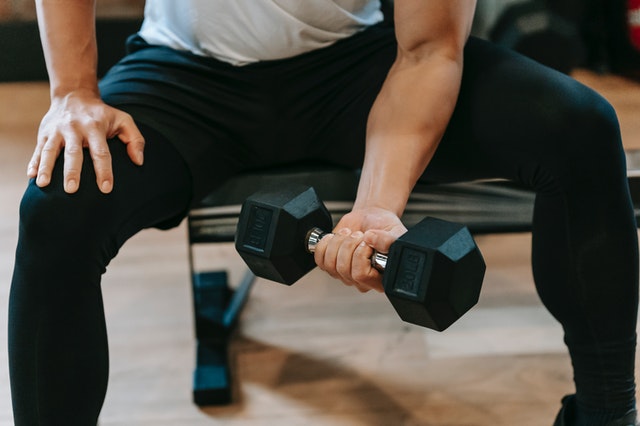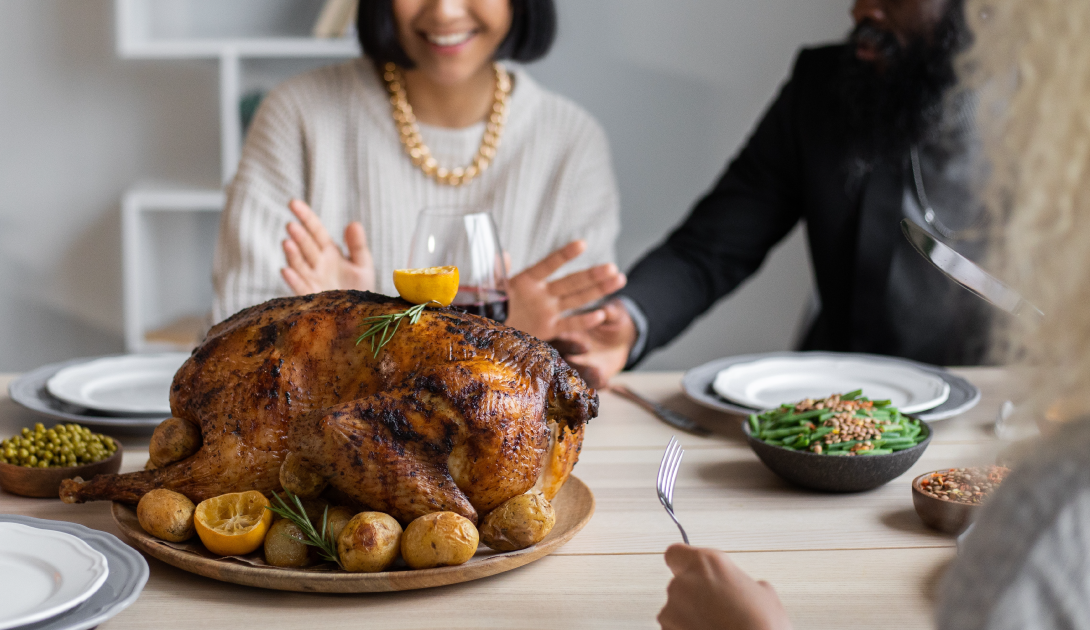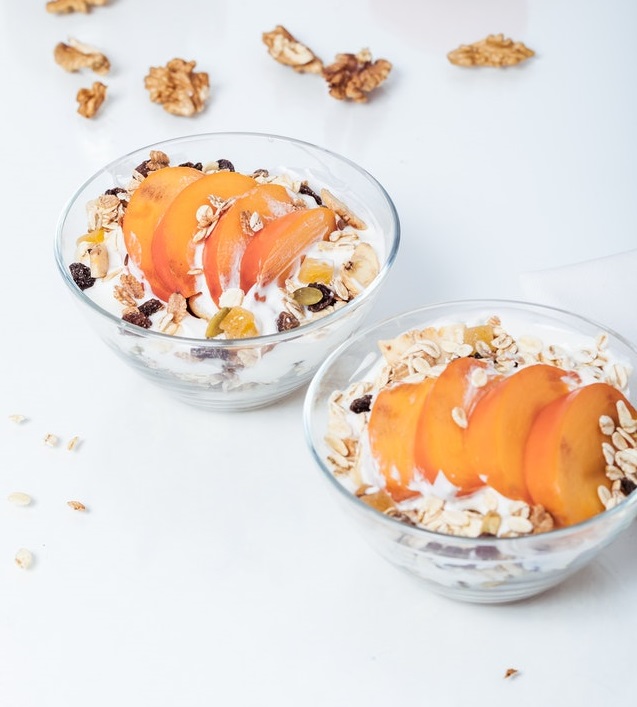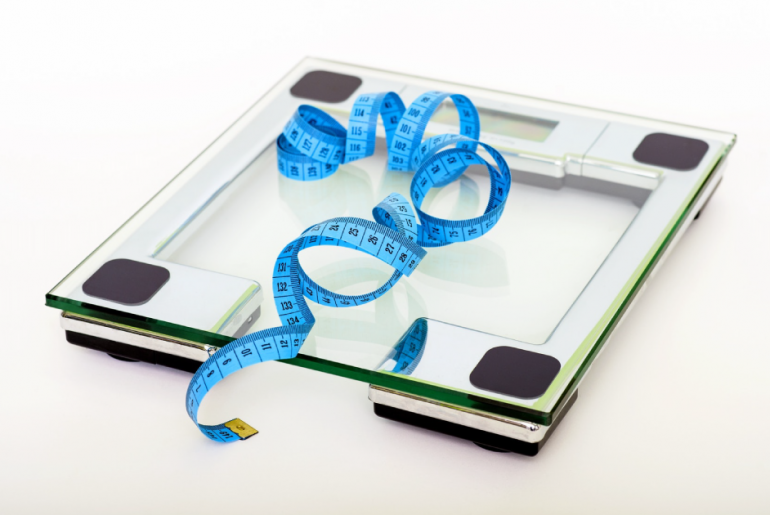Strength training can help keep you healthy and strong for many years. Here’s how.
Stronger with age should be everyone’s motto. Focusing on staying strong into your golden years isn’t an issue of vanity. Fitness is necessary at every age to maintain the strength we need to stay healthy, active, and capable. There’s simply no expiration date on enjoying our bodies. Science supports this. In fact, researchers on aging have pinpointed resistance training as one of the most important factors for healthy aging.
How Aging Affects Our Bodies
Aging affects our bodies in various ways. Here are some common changes that you can expect as you age.
Loss of Balance
As we get older, we experience a loss of balance. Somewhere around the age of 40 to 50, our balance begins to decline. That is due to several factors, including changes in the inner ear, loss of coordination, and eyesight problems.
Loss of Muscle
We know that lean muscle mass naturally reduces with age. In fact, age-related loss of muscle mass is called sarcopenia. We begin to lose 3% to 5% of muscle mass per decade after age 30. The average person can expect to lose roughly 30 percent of their muscle mass during their lifetime.
Decreased Range of Motion
The range of motion in our joints also decreases with age. Between the ages of 55 and 86, we lose approximately six degrees of flexibility per decade in the hips and shoulders. That is mainly due to changes in muscles and connective tissue.
Why Strength Training?

The conversation about strength training often focuses on all the ways that strength training can help you to stay looking fit and attractive as you age. This is certainly a big perk. However, it’s not the only motivation for challenging your muscles. Strength training also offers a myriad of whole-health benefits that can help you to prevent disease and dysfunction. Research suggests that strength training can reduce the signs and symptoms of a number of chronic conditions that tend to progress with age. This includes back pain, obesity, arthritis, heart disease, and depression. Here’s a roundup of the life-enhancing benefits of strength training:
Builds Lean Muscle Mass
While losing muscle mass is considered a natural part of aging, it’s not necessarily an unavoidable part of aging. Strength training is one of many tools for preventing muscle loss with age. Nutrition can also play a role in staving off dreaded age-related muscle loss. People can preserve lean muscle while maintaining strength and energy levels using high-protein diets. Healthy, lean proteins from both animal and plant sources are incredible for fitting in the protein needed to maximize muscle protein synthesis.
Stronger Bones
According to a 2018 study on the effects of resistance exercise on bone health, resistance training may be one of the best ways to improve bone and muscle loss in both the middle-aged and older population. Multiple studies confirm that strength training can help to slow bone loss. There’s also evidence that strength training can help us to build bone. Another study on the effects of progressive resistance training on bone density found that this form of exercise offers the benefit of influencing multiple risk factors for osteoporosis.
Better Weight Management
As you get older, it gets harder to lose weight. Your body doesn’t respond to weight-control efforts in the same way. That is because age-related changes, like a slowing down of your metabolism, can make it harder to lose weight. Strength training can help you lose weight or more easily maintain a healthy weight by increasing muscle mass, which leads to more efficient calorie burning.
Enhanced Quality of Life
According to a 2019 study on the effect of resistance training on health-related quality of life in older adults, strength training can significantly increase quality of life scores. One of the biggest reasons strength training increases the quality of life is that it allows older adults to continue doing everyday activities.
Prevents Joint Injuries
Strength training’s positive influence on the musculoskeletal system can help you to prevent joint injuries. Strength exercises can also help to promote growth and vitality in connective tissue, ligaments, tendons, bones, and cartilage.
Reduces the Risk of Falls
Dangerous falls can occur due to loss of balance as we age. Strength exercises that contribute to better balance can cut your risk of being injured by a slip or fall. In addition, exercise helps your reflexes to stay sharper.
Cognitive Boost
“Strength training can help protect the brain from degeneration,” according to data released in 2020. A long-term study found that strength training led to overall benefits to cognitive performance among Alzheimer’s patients. What’s really interesting is that strength training is specifically credited with protecting specific regions within the hippocampus that are associated with both Alzheimer’s and cognitive impairment from degeneration. This may mean that strength exercises can improve learning and memory.
Better Sleep
Better sleep is something anyone of any age can appreciate. Data shared with the American Heart Association by researchers at Iowa State University found that regular resistance training exercises helped with staying asleep longer and falling asleep faster. Plus participants who participated in strength training felt more rested and refreshed the next day compared to those who did not work out, as well as those who just did aerobic exercises. It turns out that counting reps may be more effective than counting sheep when it comes to improving sleep quality.
Is Strength Training or Cardio Better?

Both strength training and cardio are essential for fitness as we age. Cardio improves cardiac functioning, which is really important as heart disease is the number one cause of death for both women and men in the United States.
However, strength training is equally important as we age. Lifting weights can improve cognitive functioning, mobility, as well as our metabolic health. Plus, resistance also helps improve cardiovascular health, as well. One study found that lifting weights for just one hour each week reduced the risk of a heart attack or stroke by as much as 70 percent.
Studies have also found that strength training helps boost confidence and motivation in older adults. This can make it much more likely that we even will show up at the gym.
What Age Should You Start With Strength Training?
Hint: It’s never too early or too late.
Saying that strength training is crucial as we age isn’t the same as saying that strength training should wait until the signs of aging creep in. There is no start date for strength training that’s better than today. That’s because all of the benefits of strength training that help older adults to enjoy strength and vitality can help you to start filling up your vitality piggy bank today if you’re still 20, 30, or 40.
It’s also never too late to start strength training to your fitness routine. Research has found that older individuals with no strength training experience are able to effectively build muscle. So, even if you have never tried strength training before, you can still get the benefits. It’s just important to make sure you are training safely.
Tips for Strength Training Safely for Older Adults
Here are a few safety tips to keep in mind when doing strength training exercises for seniors.
- Talk to your doctor first. Your physician can help you identify the right strength training program for you. They can advise you on any modifications that you may need to make.
- Start light. Start with the smallest amount of weight that you can. Increase your weight as you get stronger.
- Aim for at least three days per week. Ideally, you should aim for at least three days of strength training per week. Alternate the days that you perform strength training with cardio.
- Be gentle on your joints. Gradually ease into strength training. Never stress your joints to the point where it hurts.
- Give your body plenty of time to recover. As you get older, it takes longer to recover. Give your body plenty of time to rest between strength training sessions.
- Watch out for pain. It’s normal to expect a little muscle soreness after strength training but you should not feel pain. If the exercises are causing pain, stop and talk to your doctor.
A Note on Nutrition
Proper nutrition is essential when it comes to strength training. Make sure you are fueling your body with the right nutrients and minerals. Food prep can make it easy to make sure you are on track with the proper nutrients and lean protein sources needed to support your body through strength-training sessions.
Related article: How Good Nutrition Supports Athletic Performance
Final Thoughts
It’s impossible to ignore the unique benefits that strength training offers for both the mind and body as we age. Strength training is part of a “whole package” lifestyle that includes being aware of what your body needs with age, staying active, and staying prepared with healthy meals.



































